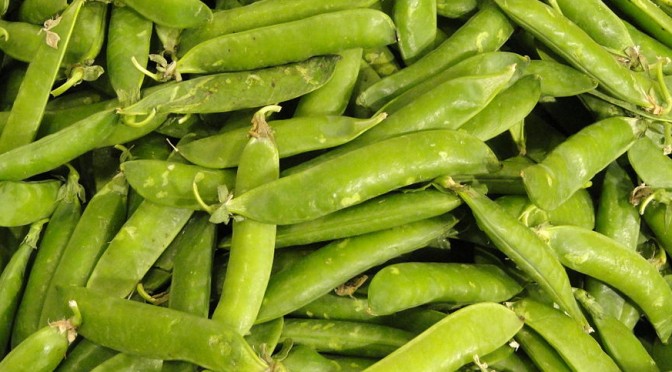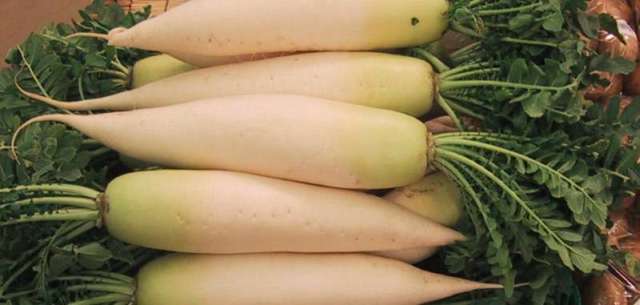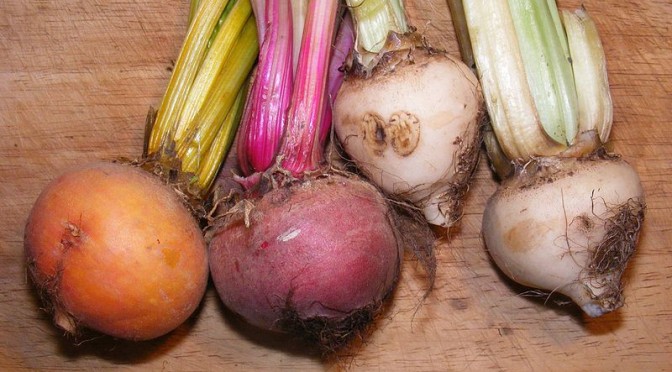Is there anyone in the United States and, quite possibly, Canada who didn’t have the famous “Green Bean Casserole” on the Thanksgiving dinner table? You know the one I mean. The one made with green beans, cream of mushroom soup and canned French fried onion rings. I know it made a regular appearance at our house and I loved it. It’s a great way to encourage kids to eat green beans. But it tends to be a little high in carbohydrates and there are many other ways to enjoy the wonderful flavor of green beans.
Quite probably, green beans are one of the most popular vegetables in the world. They can be used in so many dishes or stand on their own as a tasty side dish. Throw some green beans in a pot of hot water, add garlic and seasonings and let it cook until their tender and you have a quick, delicious vegetable for dinner. What could be easier?
All beans, including kidney beans, black beans and navy beans are referred to as “common beans”, which probably means they came from a common bean ancestor that was in Peru. Beans were spread throughout South and Central America by tribes of migrating Indians. I would presume they also made it into North America as those tribes continued to move northward. Spanish explorers took the beans to Europe in the 16th century where they spread across Europe. On November 4, 1492, when he saw cultivated lands in Cuba, Christopher Columbus noted that he found faxones and fabas (possibly cowpeas and fava beans) that were different from the ones he knew in Spain. These were likely the beans from South America. A 1988 study traced the beans from the western Mediterranean region as coming from those that originated in the Andes.
All fascinating information, but the main thing is that green beans have a crisp, clean taste and are great to eat raw or cooked. Try slicing them on the diagonal and adding them to a fresh salad or you can snack on them. They can be baked, boiled, stir-fried, fried and dried. I often add them to soups, stews, and casseroles, using them as a fill in for peas in some recipes.
Recipes Using Green Beans

Here are a trio of recipes from Skinny Girl.
Spicy Chicken Kohlrabi Curry
Fish and Vegetables Tampura Style
Quick and Easy Green Beans with Turnips
For those that might like to try the Green Bean Casserole, the recipe is here at Campbell’s web site. I may have to try for a low carb adapted version. Another good and lower carb green bean casserole is Green Beans Amandine. Try this one from Food.network’s Bobby Flay.
Nutrition Information for 1/2 cup of green beans
Calories 16, fat: 0 g, Net Carbs 2 g, Protein 1 g
Information for this article was gleaned from the following sources: World’s Healthiest Foods, Clifford A. Wright Foods, Wikipedia
Photo on the top is used with permission from Wikipedia Commons By Daderot (Daderot) [CC0 or CC0], via Wikimedia Commons







